Iom Romì (A Day in Rome) debuts for an American Audience
The festival is a yearly partnership of the Film Society of Lincoln Center and the Jewish Museum in presenting films from around the world that explore the diversity of the Jewish experience. The 2018 anniversary included films from South Africa, Denmark, France, Australia and more.
The latest collaboration between Centro Primo Levi and Awen Films production company, Iom Romì creates a window into the unique, deeply rooted Jewish community of Rome. The film was complimented by a following screening of home movies from the Roman-Jewish Della Seta family in 1923, just 15 years before Italy’s discriminatory Racial Laws went into effect.
Sunday evening’s selection concluded with the US premiere of Counterlight, an abstract short by Israeli visual artist Maya Zack. Inspired by the works of Romanian-born poet Paul Celan, the artist chronicles the hypnotic journey of an archivist who becomes consumed by her probe into the past.
After the screenings, Ciriaci and producer Isaak Liptzin engaged the audience with a Q&A on the making of their film, Iom Romì. The two have previously collaborated on the documentary If Only I Were That Warrior, which won the 2016 Italian Golden Globe.
Filming Living History:
Shot over the course of seven days, Iom Romì ’s story arch follows several voices within Rome’s Jewish community from dawn to dusk. Weaving the past with the present, the documentary touches the surface of the unique identity, rituals and traditions of a group that has existed in the city for centuries between persecution and integration.
“We wanted to give just a glimpse, a day in the life of this Jewish community in Rome. So it was mostly about letting the camera film in the Piazza and recreating that atmosphere,” Ciriaci explained to the audience.
The Piazza the director referred to is Rome’s historic Jewish quarter, the area that enclosed the Roman Ghetto. Pope Paul IV established the ghetto in 1555, as a walled area, adjacent to Tiber River, in which to segregate the city’s Jews. Inhabitants were allowed to leave during the daytime, but they were required to wear specific clothing (yellow hats with bells and two blue stripes across the chest) that identified them as Jews.
The growing population of Jews in the ghetto lived in poverty and overcrowded conditions. Men were confined to two areas of work: money lending and peddling clothing. At the same time, Jews were only allowed to have on synagoge, and were required to attend Catholic churches in the surrounding area. This was intended to persuade them to convert to Christianity, which some did, both voluntarily and by force. Yet, the circumstances encouraged strong community bonds, and allowed the birth of distinct Roman Jewish customs.
Ghetto restrictions were abolished in 1870, at the end of papal dominion of Rome. It was at this time that Jews were granted full citizenship. Withstanding the tragedies of World War II and Fascist Italy, the Roman Jewish community is still alive and active today. But the story of Jews in Rome began long before the ghetto was ever established.
“I didn’t know much [about the Jewish community in Rome], although it’s strange because I live about five minutes from the Piazza,” said Ciriaci, eliciting a chuckle from the audience. “But I knew very little, especially the historic part. Jews have been there even before the Romans and the Roman Empire. We can find traces of Jews in Rome as far back as 700 BC.”
The Roman Empire began with its first emperor, Augustus Caesar, in 27 BC. This was even more than a century after the first Jewish settlement in the area was formed (161 BC) by messengers of Judah Maccabee.
“It was funny for both of us, from the different backgrounds that we had,” said producer Isaak Liptzin of being first introduced to the story. “For me, I’m American and I’m an Ashkenazi Jew and I had no idea that there even was this Jewish community in Rome, and I knew nothing about it. We were pretty ignorant about it in different ways, but we brought different perspectives to it when we got there.”
Using frames of vibrant color and engaging, charismatic characters, Liptzin and Ciriaci accomplish an informative testament to the contemporary Roman Jewish community, while simultaneously tracking its rich history. The documentary opens many intriguing that, at its end, leave viewers wanting more.
Digging Deeper:
The film was incubated within the opening of The Rome Lab at the Center for Jewish History in New York. During the Q&A, Ciriaci revealed that the idea behind Iom Romi came when he was approached by Natalia Indrimi from Centro Primo Levi about making a video contribution to a larger project. The exhibition, which ran from September until earlier this month, created a learning space where members of the Jewish community in Rome could explain their history and society to an American audience.
“The idea was to make a documentary–which was supposed to be way shorter–and just to screen it at the exhibition,” he said.
Slowly, the project grew bigger and bigger, as the crew gathered research and potential subjects. “Probably the hardest part was preparing for the film trip, rather than the filming itself,” Liptzin explained. “So in the months leading up to filming, we started building this giant spreadsheet of contacts we were getting (mostly from CPL and our own research), trying to figure out how to structure the project.”
They found even more contacts once they got to Rome, sometimes shooting subjects the day after they had reached out to them. Much of the unused footage was incorporated into an installation for the Rome Lab.
Upon completion of the documentary and exhibition, Ciriaci and Liptzin sent Iom Romì to several film festivals. The film’s first screening was at Pitigliani Kolno’s Festival in Rome this past November.
“Hopefully this is the beginning of a long journey for the film,” Ciriaci anticipated.
---
Roman-born director Valerio Ciriaci graduated from La Sapienza University with a major in Communication Sciences. In 2011, he moved to NYC, where he currently works as a documentary filmmaker and freelance videographer. Ciriaci's latest feature documentary, “Mister Wonderland,” is expected to be released in late 2018;
Born in San Fransisco, Isaak Liptzin lived in Italy until 2009, when he moved to NYC to pursue photography at NYU Tisch School of the Arts. He is a co-founder of Awen Films, where he works as a cinematographer and producer.






























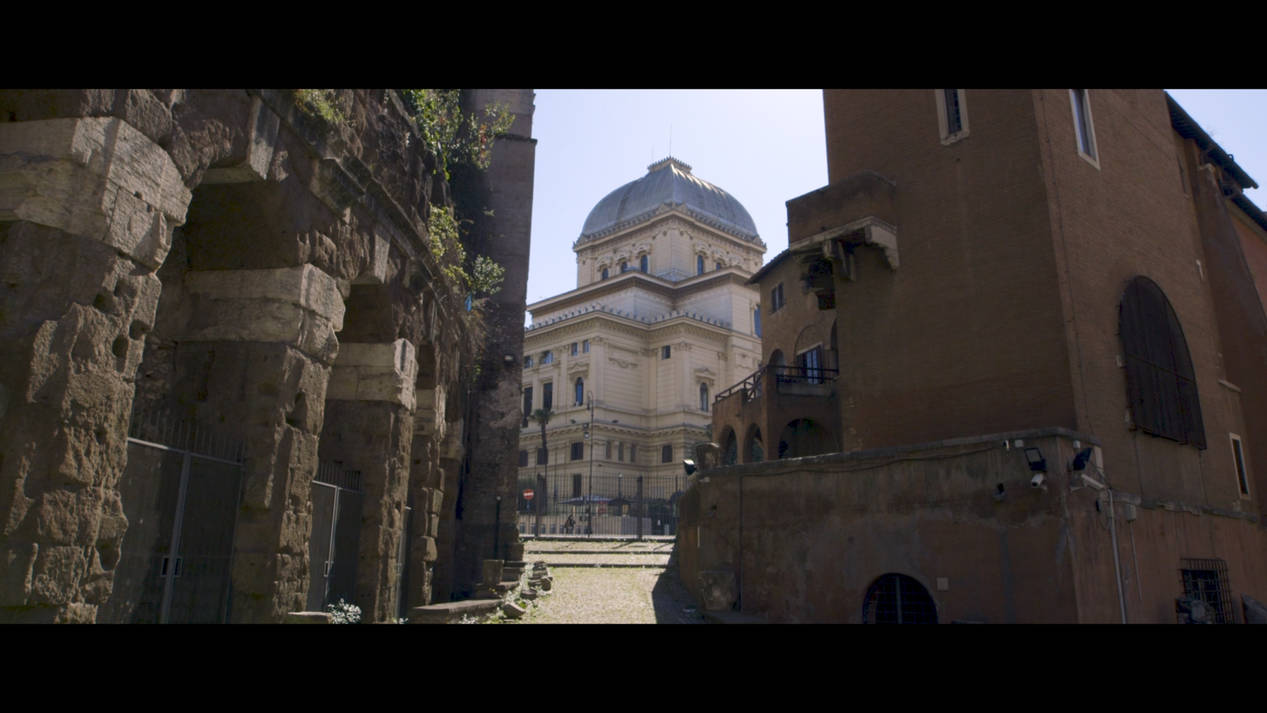


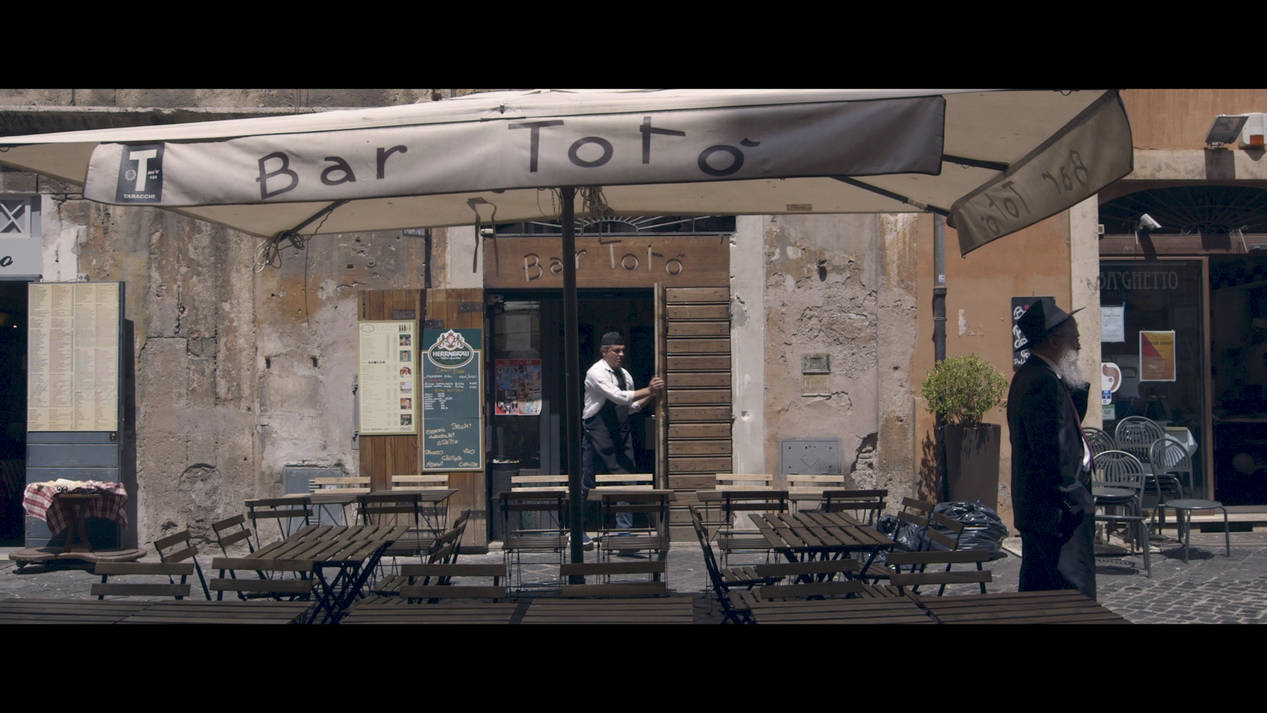
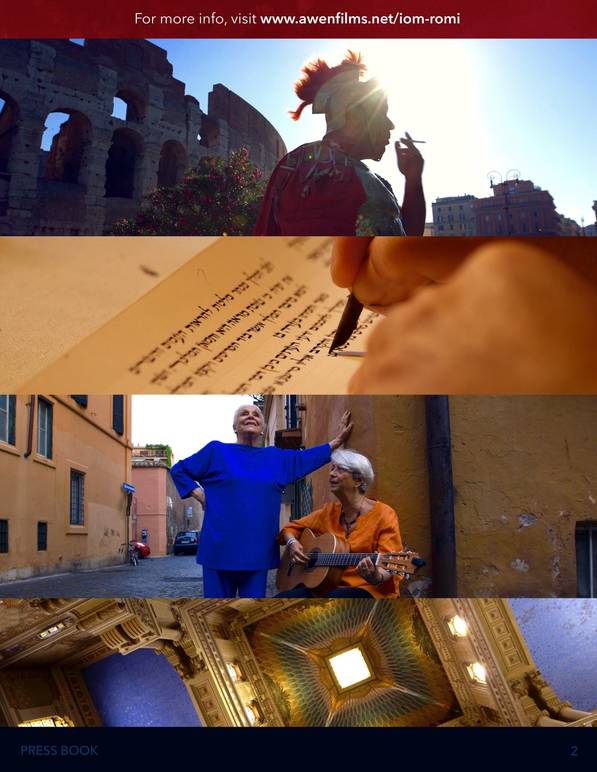
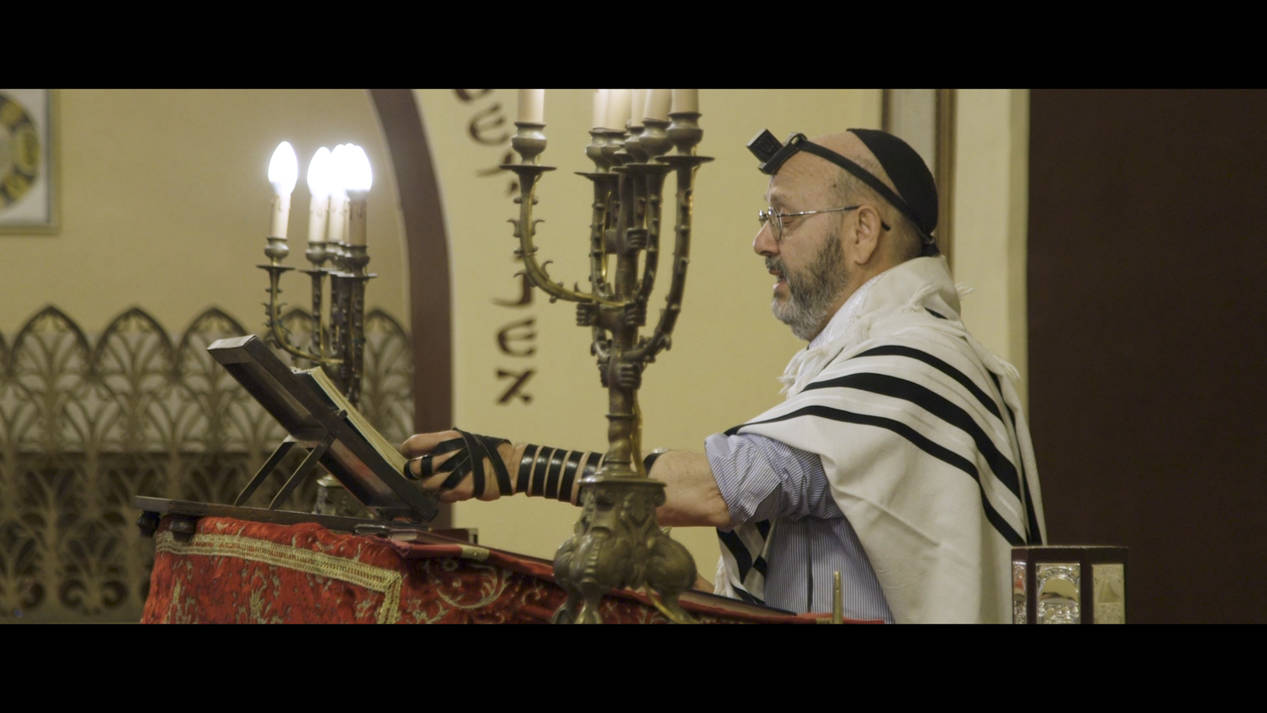
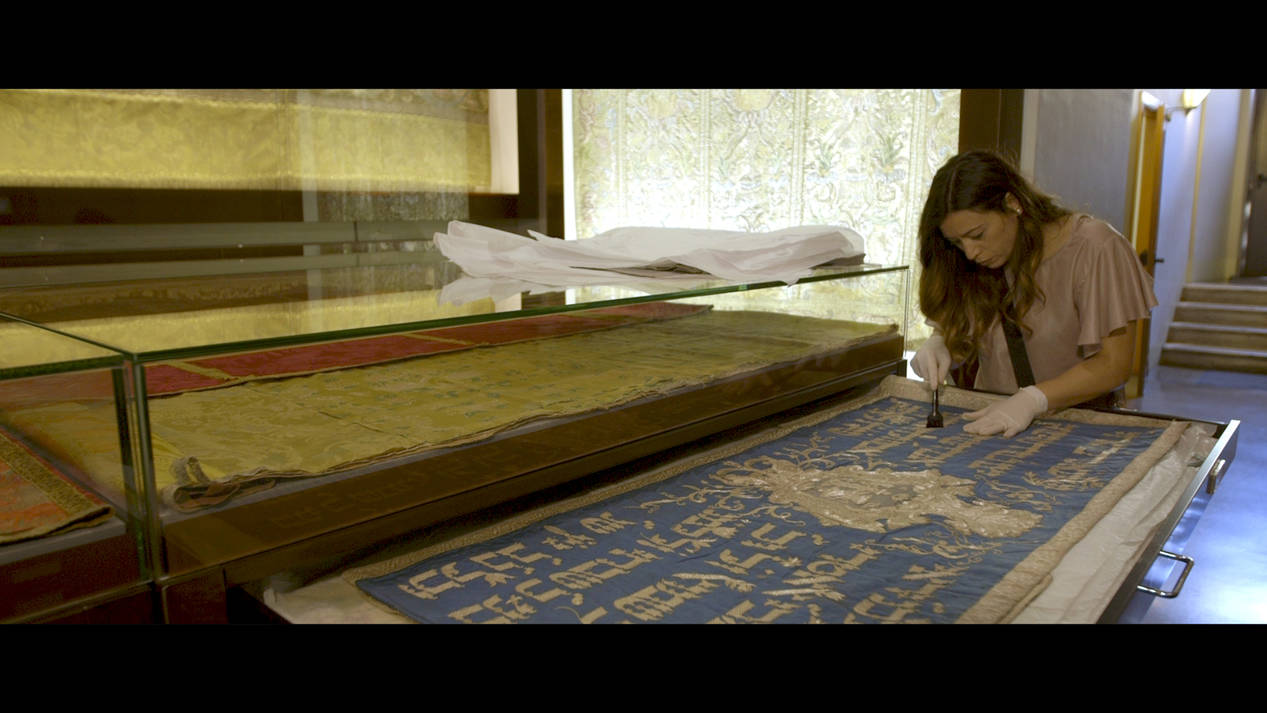
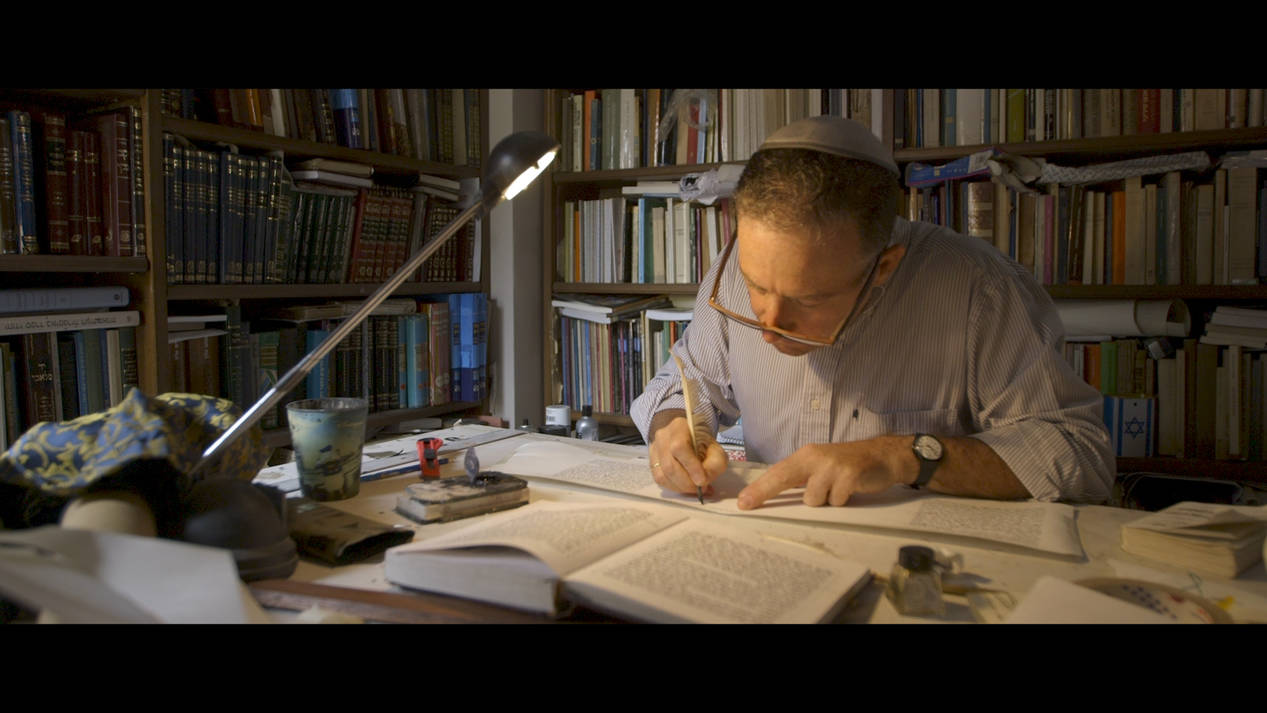





i-Italy
Facebook
Google+
This work may not be reproduced, in whole or in part, without prior written permission.
Questo lavoro non può essere riprodotto, in tutto o in parte, senza permesso scritto.